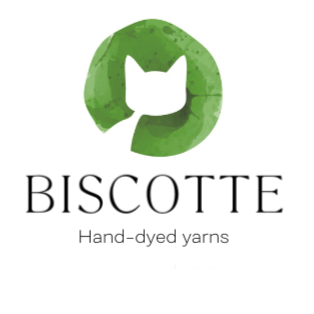how yarn is made
Add some descriptive text to your Blog page.
The beauty of tonals, semi-solid yarns
In the world of indie dyers, there is no such thing as solid colour. It has to do with dying the wool after it has been spun. Commercial yarn brands dye the wool before they spin it into balls; they have the space and the huge vats. Small variances in...
Pure wool or what?
Nowadays, we use the word wool in all its sauces: cotton wool, mineral wool, steel wool and glass wool ... But know that pure wool literally is defined on the site Wikipedia Legally, the term « wool » refers to the fibers of the sheep and the fibers of other...
A Beginner's Guide to 6 Different Types of Yarn
Sock yarn, self-striping yarn, knitting patterns – oh my. Prior to knitting, yarn was just yarn but as you start to indulge in this new hobby, you’ll quickly see that there is no shortage of options when it comes to materials. With baskets overflowing with all kinds of yarn, it...
Showing items 1-3 of 3.



